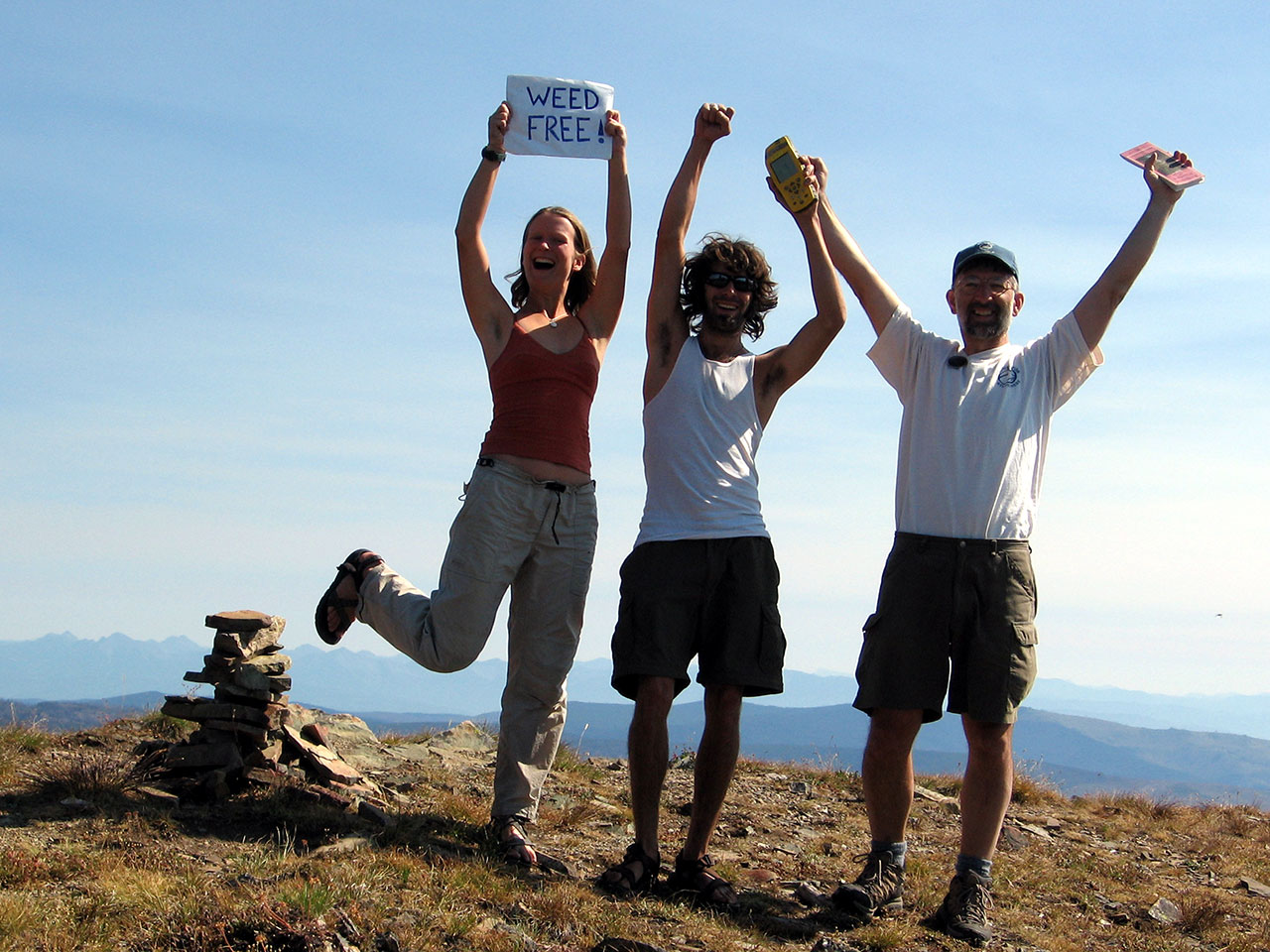Threats to Wilderness
While wilderness designation provides the highest level of protection available to public lands, it does not provide sanctuary from threats that can diminish wilderness character. Although surveys exploring the trade-offs the public is willing to make for wilderness suggest that Americans are willing to accept higher costs for electricity, gasoline, and other consumer products to protect wilderness, a variety of social, political, and environmental forces both inside and outside wilderness, can affect wilderness. The demand for economic growth and a growing population exert significant pressures on wilderness. Many of these pressures are the same threats that other public lands face:
How You Can Help

High visitation in sensitive areas has disrupted the natural systems on which sensitive plants and animals rely. Huge expanses of wilderness have experienced destructive changes because of fire suppression. Invasive species are invading and destroying native species in Wilderness areas all across the country. Our behavior outside wilderness can negatively impact wilderness. In light of all these issues, it would be easy to become frustrated by the sheer size of these challenges and do nothing. You can always do something, however, to help protect and preserve wilderness. And you do not have to visit wilderness to actively protect it.
Wilderness is part of our country's system of public lands — lands that are set aside for the public and managed by the public. Every citizen has a voice that affects wilderness through local or national government. How are you involved with wilderness? How would you like to be involved with wilderness?
Building awareness and getting informed is the first step toward addressing these and other challenges, and by exploring this website, you've taken that first step! Next, share what you've learned with your family and friends.
Using Leave No Trace techniques when visiting wilderness can help minimize your physical and social impacts. Also, it's important to accept the challenges and risks wilderness has to offer. While these are important lessons to learn, preparation is key both to learning and surviving in wilderness. Are you prepared for an unexpected snow storm in July? What if you were lost for days? What if you fell and sprained your ankle? If you're not prepared, not only can you hurt yourself, but you can hurt wilderness, too. So, before visiting wilderness, read about things to consider.
Since things outside wilderness can impact wilderness, the decisions and choices you make every day also affect wilderness. Will you use more or less energy? Will you create more or less waste? Given the size of our population, small actions by individuals can make a huge difference. Using these 100 ways to reduce your environmental impact and exhibiting restraint in your daily life, you can help preserve wilderness for today and tomorrow.
Another great way to work for wilderness is by getting involved and volunteering. You can check with your local wilderness friends group or land management agency office to see what stewardship or volunteer projects you can become involved in. You can also get involved with any of the many organizations involved in wilderness protection and advocacy.